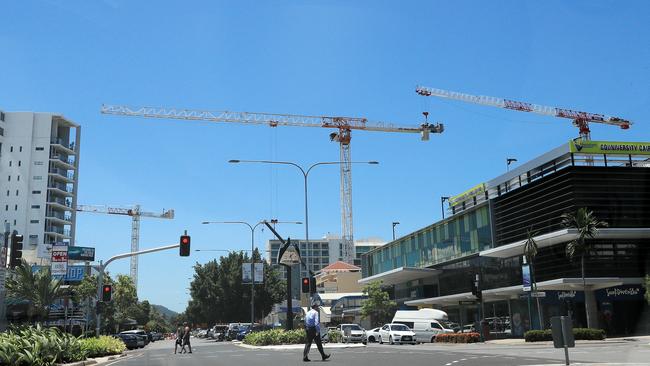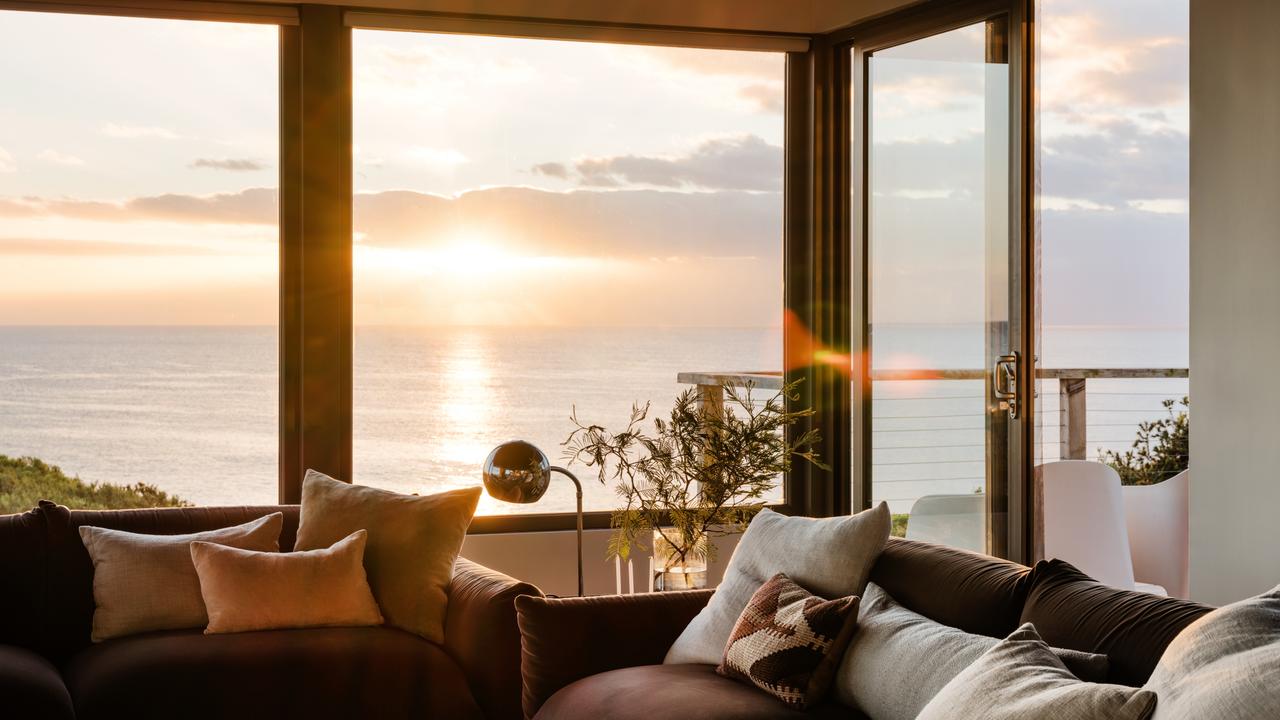Funding distress hits apartment developments
A rash of apartment developments have stalled or have been changed to other uses.

A rash of apartment developments — 11 projects in the Melbourne CBD alone — have stalled or have been changed to other uses as restrictive funding and the desertion of foreign buyers topple the building boom in Sydney and Melbourne.
EY Real Estate Advisory Services partner Luke Mackintosh said the number of distressed developers and projects was increasing.
“With fewer foreign buyers, pre-sales are much harder to achieve. A developer who may have sold 10 apartments off the plan per month, may now only sell one per month,” he said.
Approvals for new apartment projects have collapsed to around half the level of a year ago, according to Australian Bureau of Statistics figures.
It comes as researcher CoreLogic said nearly half of Sydney and Melbourne apartments sold off the plan settled last month with valuations that were less than the buyer paid.
EY says the rash of state and federal foreign buyer charges and taxes — 16 in total since 2015 — played a big part the apartment downturn.
“FIRB buyers and Australian domestic investors have deserted the market. These buyers generally seek a particular style of property, and were not seen as competing with your owner-occupier/first-home buyer market,” Mr Mackintosh said. “Without these buyers, and with no build-to-rent asset class in Australia, we will start to see a significant shortage of rental property for key workers resulting in increasing rents and property price growth.”
While building levels were still high, with estimates of around 100,000 units under construction late last year, Mr Mackintosh said the pipeline of development has significantly slowed, which may create housing shortages in two to five years.
In Melbourne, the stalled or change of use project represented about 4500 apartments with a value $3.7 billion, EY said.
Sydney has followed a similar pattern and Brisbane’s apartment boom peaked in 2016 and stopped abruptly.
EY managing partner real estate Selina Short said while some may welcome the slowdown, foreign investors had supported thousands of jobs and contributed substantially to state budgets. She said governments would receive less stamp duty revenue, and have to source those funds from Australian taxpayers instead.
-
16 changes to foreign buyer charges
Jul 2015: Increase in stamp duty for foreign purchasers in Victoria (+3%).
May 2016: Big four banks cease to facilitate foreign lending.
Jul 2016: Increase in stamp duty for foreign purchasers in Victoria (+7%).
Jun 2016: Foreign purchaser surcharge duty in NSW (+4%).
Oct 2016: Foreign purchaser surcharge duty in Qld (+3%).
Dec 2016: Removal of 12 month deferral for stamp duty payments for off-the-plan foreign purchasers in NSW.
Jan 2017: Absentee owner surcharge of +1.5% over the land tax general rate in Victoria.
May 2017: Annual vacancy fee for foreign investors (federal).
May 2017: Limitations to foreign investor purchases in new developments (federal).
Jul 2017: Land tax surcharge on foreign homeowners in NSW (+2%).
Jan 2018: Foreign purchaser surcharge duty in SA (+7%).
Jul 2018: Foreign purchaser surcharge duty in NSW (+8%).
Jul 2018: Foreign purchaser surcharge duty in Qld (+7%).
Jul 2018: Foreign purchaser surcharge duty in Tasmania (+3%).
Jul 2018: Land tax surcharge on foreign homeowners in ACT (+2%).
Jan 2019: Foreign purchaser surcharge duty in WA (+7%).





